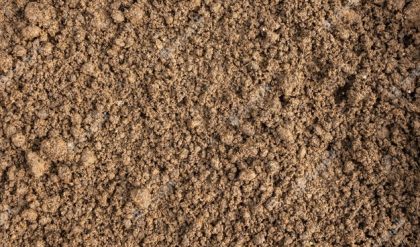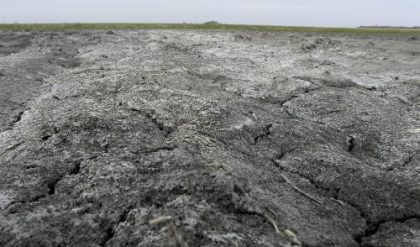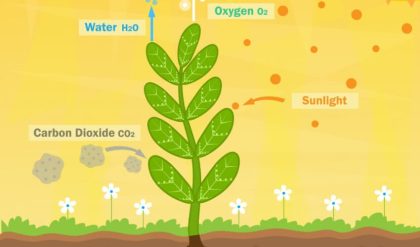When organic compounds come into contact with soils and sediments they can be taken up by organisms, be degraded by biotic and abiotic mechanisms or transported within the aqueous phase (sediments) or both the aqueous and gaseous phases (soils). All of these processes are controlled to a large extent by the propensity of the compound to sorb to and desorb from constituents of the solid phase. The extent to which adsorption to soil and sediments takes place is generally described by the adsorption-desorption distribution coefficient (Kd) (Section 2.3). Classically, sorption has been conceptualised as a rapid and reversible process involving partitioning of the compound between the liquid and solid phases: water and organic matter. To reflect this, the Kd value is often normalised to the organic carbon (OC) content of the soil or sediment to give a value termed the KOC (Hamaker and Thompson, 1972) (Section 3.2.4). KOC is often regarded as a universal parameter related to the hydrophobicity of the molecule, which applies to a given chemical in all soils. However, in recent years it has become clear that sorption processes are more complex than this. Depending on the properties of the chemical, other matrix constituents such as clays (Bailey et al., 1968; Aharonson and Kafkafi, 1975; Cox et al, 1998; Tolls, 2001) and sesquioxides (Leone et al., 2002; Kahle and Stamm, 2007) can be important sorbents (Calvet, 1989). Studies conducted over longer timescales have demonstrated that while adsorption is often initially rapid it can also continue to slowly increase over a period of many weeks. This has been suggested to result from the diffusion of the compound into organic matter and intraparticle nanopores (Pignatello and Xing, 1995).
Home
Soil Science & Engineering
THE CONCEPT OF SOIL ADSORPTION AND DESORPTION





